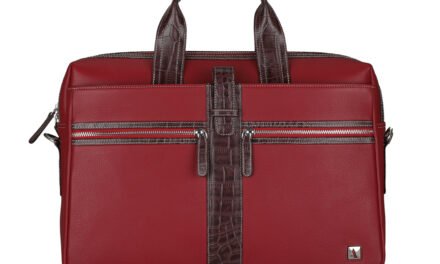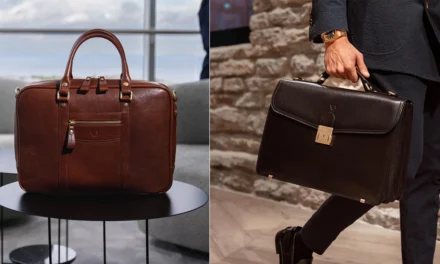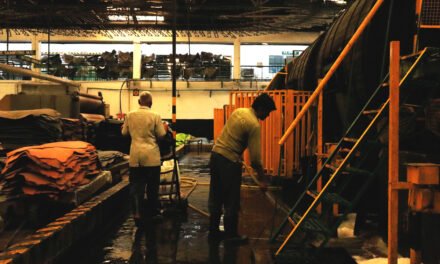The quality of raw leather significantly impacts the final product in several ways:
1. Durability and Strength:
- Fiber Structure: High-quality hides have a strong and consistent fiber structure, resulting in leather that is more durable, resistant to wear and tear, and less prone to cracking or tearing.
- Thickness and Uniformity: Evenly thick hides with minimal variations ensure consistent performance and ease of processing, leading to higher quality finished products.
2. Aesthetics and Appearance:
- Grain Pattern: The natural grain pattern of high-quality hides is more pronounced and consistent, resulting in leather with a more appealing aesthetic.
- Color and Finish: High-quality hides accept dyes and finishes more evenly, resulting in richer colors and a more uniform appearance.
- Freedom from Defects: Hides with fewer imperfections, such as scars, insect bites, and brands, produce leather with a more consistent and appealing appearance.
3. Processing Efficiency:
- Reduced Waste: High-quality hides with minimal defects result in less waste during processing, improving yield and reducing production costs.
- Easier Processing: Hides with consistent thickness and even fiber structure are easier to process, leading to increased efficiency and reduced production time.
4. End-Product Quality:
- Luxury Goods: High-quality leather is essential for producing luxury goods, such as high-end handbags, shoes, and leather apparel, where aesthetics and durability are paramount.
- Performance Leather: For performance applications, such as automotive interiors and sports equipment, high-quality leather with specific properties like abrasion resistance and tear strength is crucial.
The quality of raw leather is a critical factor in determining the final quality, performance, and aesthetic appeal of leather products. Using high-quality hides ensures that the finished products meet the highest standards of excellence and provide optimal performance and durability.







